When downsampling, interpolation is the wrong thing to do. Always use an aggregated approach.
I use block means to do this, using a "factor" to reduce the resolution.
import numpy as np
from scipy import ndimage
def block_mean(ar, fact):
assert isinstance(fact, int), type(fact)
sx, sy = ar.shape
X, Y = np.ogrid[0:sx, 0:sy]
regions = sy//fact * (X//fact) + Y//fact
res = ndimage.mean(ar, labels=regions, index=np.arange(regions.max() + 1))
res.shape = (sx//fact, sy//fact)
return res
E.g., a (100, 200) shape array using a factor of 5 (5x5 blocks) results in a (20, 40) array result:
ar = np.random.rand(20000).reshape((100, 200))
block_mean(ar, 5).shape # (20, 40)

